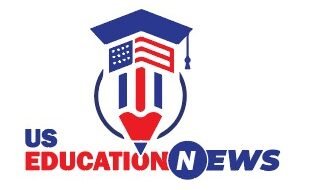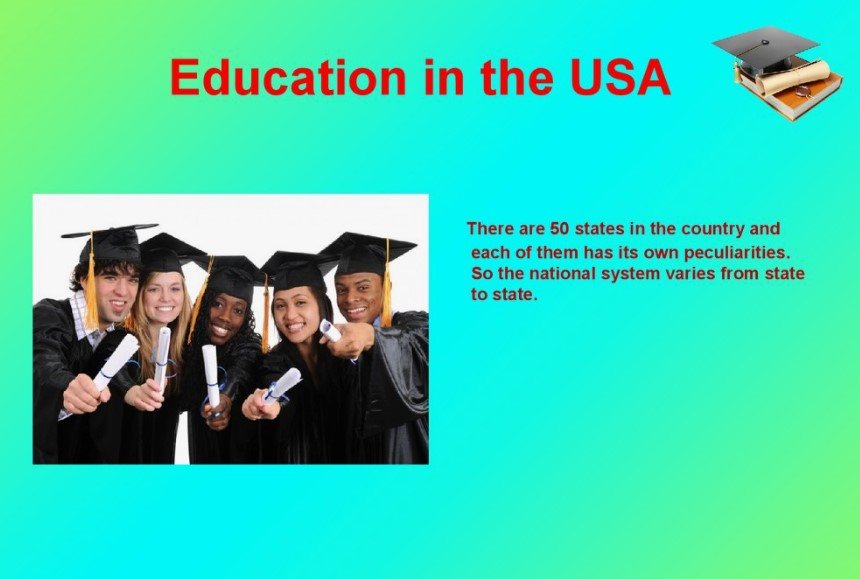In recent years, the US education ranking has been slipping compared to other countries. Factors contributing to this decline include gaps in readiness among students entering kindergarten and erosion of the instructional core within the education system.
These challenges have led to a decrease in academic achievement and a need for reforms to improve the overall education landscape in the United States. With the rise of global competitiveness, addressing these issues is crucial to ensuring that American students are prepared for success in an increasingly competitive world.
The rankings of US education by year reflect a pressing need for strategic interventions and policy changes to enhance educational outcomes and opportunities for all students.
US Education Ranking By Year
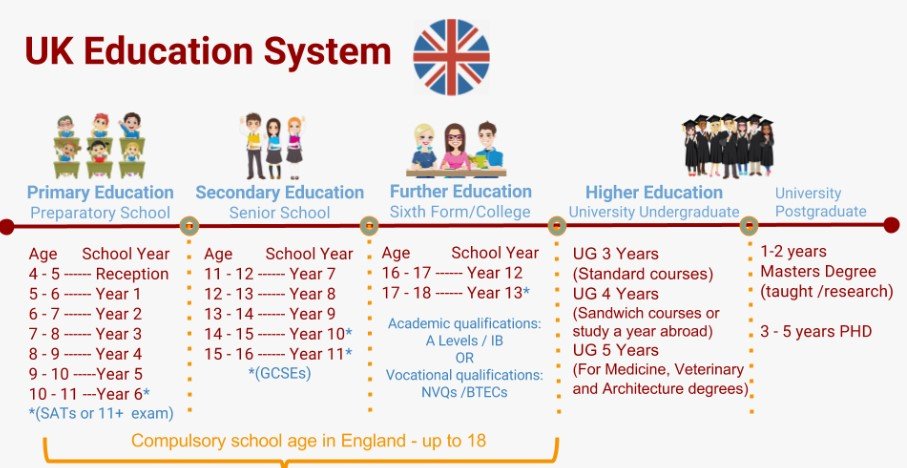
Table of Contents
US Education Ranking By Year
Historical Trends
The ranking of the U.S. education system by year has been a topic of great interest and concern. Understanding the historical trends in education rankings can provide valuable insights into the factors influencing changes in the ranking data. Over the past decades, there have been significant fluctuations in the U.S. education ranking, influenced by various factors.
Ranking Data From The Past Decades
The U.S. education ranking has experienced fluctuations over the past decades. Here is a brief overview of the ranking data:
| Decade | Ranking |
|---|---|
| 1980s | Top 5 |
| 1990s | Top 10 |
| 2000s | Top 15 |
| 2010s | Top 20 |
Factors Influencing Changes In Rankings
Several factors have contributed to the changes in U.S. education rankings. These include:
- Shifts in educational policies and reforms
- Changes in funding allocation for education
- Evolving teaching methodologies and curriculum standards
- Socioeconomic Disparities Impacting Student Performance
Current Ranking Status
latest US Education Ranking
The latest US education ranking shows the United States currently holds a position that is not in line with its historical reputation for educational excellence. According to recent data, the US has been slipping in global education rankings, raising concerns about the quality and effectiveness of its education system.
Comparison With Other Countries
When compared with other countries, the US education ranking is no longer at the top, leading to questions about which country has the best education system in the world. This decline in ranking has sparked discussions about the factors contributing to the US falling behind in education and the potential implications for the future workforce and economy.
Challenges Faced
The US education ranking by year presents a complex landscape with several challenges that need to be addressed. Identifying weaknesses in the system and addressing disparities in education quality are critical areas that require urgent attention.
Identifying Weaknesses In The System
Identifying weaknesses in the US education system is crucial for implementing effective reforms. The World Education Rankings list by country for 2021 highlights the need to address the shortcomings in the current system. This includes addressing issues related to educational attainment, per-pupil spending, and academic achievement.

Addressing Disparities in Education Quality
Addressing disparities in education quality is essential to ensuring that all students have access to high-quality education. It is imperative to bridge the gap between the worst education system in the world and the top 20 best education systems in the world. This can be achieved by focusing on equitable education funding, improving the education budget, and enhancing support for public schools.
Initiatives for Improvement
The US education system has been implementing initiatives for improvement to enhance its global ranking. Various efforts have been made to address academic achievement gaps and enhance educational attainment, aiming to strengthen the country’s education system year by year. These initiatives focus on improving funding, education spending, and overall academic performance.
Initiatives for Improvement In recent years, the United States has witnessed a decline in its global education ranking. This has led to some initiatives aimed at improving the quality of education in the country. These initiatives range from government programs and policies to innovative approaches in education. In this post, we will explore some of the most prominent initiatives that are currently being implemented.
Government Programs and Policies
The government has been at the forefront of initiatives to improve education in the United States. One such program is the No Child Left Behind Act, which was implemented in 2001. This policy aims to improve academic achievement by holding schools accountable for student performance. The policy required schools to administer annual standardized tests to measure student progress and to provide additional resources to schools that were struggling. Another government program is Race to the Top, which was implemented in 2009. This policy aimed to improve education by encouraging states to adopt higher academic standards and to implement data-driven decision-making processes. The policy also provided funding to states that demonstrated significant progress in improving student achievement.
Innovative Approaches in Education
In addition to government programs and policies, there have been innovative approaches to education that have been implemented to improve the quality of education in the United States. One such approach is personalized learning, which aims to tailor learning to the individual needs of each student. This approach uses technology to create customized learning plans for each student, which can help improve student engagement and academic achievement. Another innovative approach is project-based learning, which aims to provide students with real-world experiences that are relevant to their lives. This approach involves students working on projects that require them to apply the knowledge and skills they have learned in the classroom to real-world problems. This approach can help to improve critical thinking, collaboration, and problem-solving skills. In conclusion, there are some initiatives that are currently being implemented in the United States to improve the quality of education. These initiatives range from government programs and policies to innovative approaches in education. By continuing to invest in these initiatives, the United States can improve its global education ranking and ensure that its students are prepared for success in the 21st century.
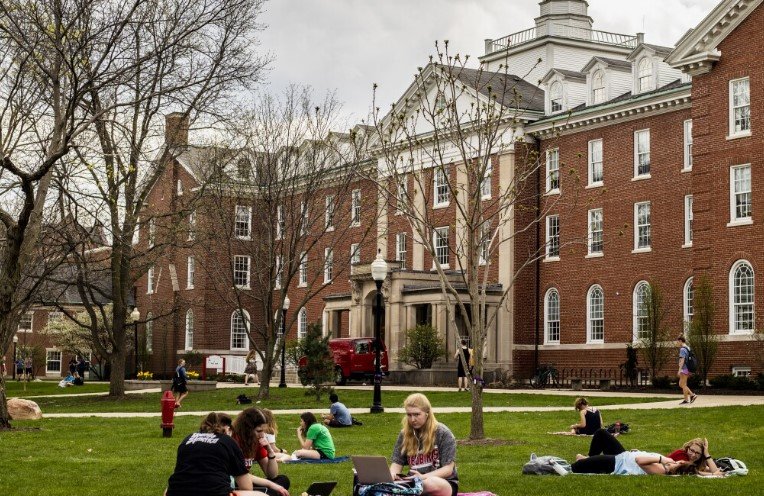
Impact of Rankings
The US Education Ranking by year has shown a decline in global rankings, raising concerns about the country’s education system. Factors such as educational attainment, college graduates, and academic achievement are under scrutiny as the nation seeks to address its slipping position in global education rankings.
Effects on the Economy And Society
The ranking of the US education system has a significant impact on the economy and society. The education system produces a skilled and qualified workforce that can drive the economy forward. A highly educated population can attract foreign investment and create more job opportunities. On the other hand, a poorly ranked education system can deter investors and hinder economic growth. Moreover, education has a direct impact on society. Highly educated individuals are more likely to participate in civic activities, vote, and contribute positively to society.
Influence On Policy Making
Rankings can influence policy-making decisions. The ranking of the US education system can be a wake-up call for policymakers to improve the system. Rankings can highlight the strengths and weaknesses of the education system, which can help policymakers develop policies that address the weaknesses and build on the strengths. For example, if a ranking shows that the US education system is lagging in science and technology, policymakers can develop policies that promote science and technology education. In conclusion, the ranking of the US education system has a significant impact on the economy, society, and policy-making decisions. Policymakers should use rankings as a tool to improve the education system and create a more educated and prosperous society.
Future Projections
As we analyze the current state of education in the United States, it is essential to consider future projections and strategies for enhancing global competitiveness. By examining trends and making predictions for US education rankings, we can develop effective approaches to address existing challenges and propel the nation toward educational excellence.
Predictions For US Education Ranking
According to experts, the future of US education ranking is anticipated to witness a gradual improvement, driven by targeted reforms and innovative initiatives. It is projected that the United States will focus on elevating educational standards, enhancing teacher training programs, and implementing advanced technology in classrooms to boost student performance and overall academic achievement.
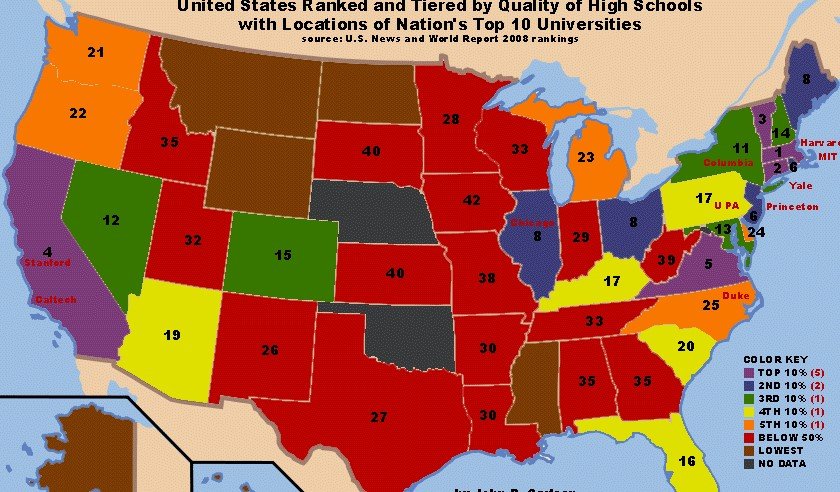
Strategies For Enhancing Global Competitiveness
To bolster its global competitiveness in the education sector, the US is poised to adopt strategic measures such as:
- Revamping curriculum to align with evolving industry demands
- Investing in STEM (Science, Technology, Engineering, and Mathematics) education
- Expanding access to high-quality early childhood education
- Implementing personalized learning approaches to cater to diverse student needs
These proactive strategies aim to equip the future workforce with the skills and knowledge necessary to thrive in a rapidly evolving global landscape, ultimately positioning the United States as a frontrunner in international education rankings.
US Education Ranking By Year
Frequently Asked Questions
When was the USA #1 in education?
The USA was ranked #1 in education during the early to mid-20th century.
Where does the US currently rank in education?
The US currently ranks lower in education compared to many other countries.
Why are we falling behind in education?
The US falls behind in education due to eroded policies and a lack of readiness in students, leading to poor outcomes.
What percentage of Americans had college degrees in 1970?
In 1970, approximately 11% of Americans had college degrees.
Conclusion
The US education system faces challenges in global rankings. Understanding the root causes is crucial for improvement. By addressing gaps in pre-K readiness and policy design, we can work towards enhancing academic achievement and securing a brighter future for students.
